INTRODUCTION
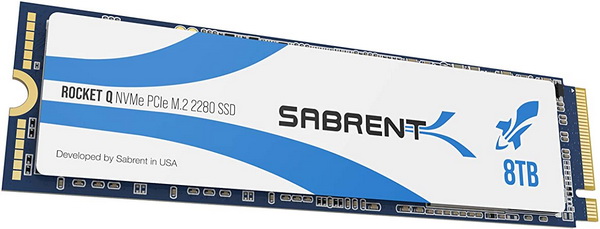
For the past 13 years or so consumers looking for new primary storage media have had to choose between HDDs and SSDs with the former offering the best price/capacity ratio and the highest possible capacities while the latter clearly leading in performance and other features including durability and data integrity (at some point there also were hybrid models in the market but these didn't do very well). Now as expected it will be quite a bit of time before SSDs can finally catch up to HDDs in terms of price (even though i seriously doubt the gap will ever vanish completely) but at least lately we've seen an increase in storage capacities and even though SSDs are still behind in that as well (at least in the consumer market) things are starting to look good for people looking for high capacity models. One such model is the brand new and rather massive Rocket Q 8TB NVMe SSD by Sabrent which I’ve testing for just over 2 weeks now.
Sabrent is a leading American manufacturer of computer peripherals and accessories, bringing uniquely styled quality products to consumers worldwide. Sabrent’s commitment is to offer the latest technology and the highest quality consumer electronic products at an affordable cost to everyone. Since its founding, Sabrent has consistently delivered to market a full line of computer peripherals and accessories that incorporate style, quality and the latest technologies available.
Needless to say, the Rocket Q 8TB is the larger (higher capacity to be more accurate) brother of the 2TB model i reviewed a while back (review here) and thus it also makes use of QLC (quad-level cell) flash memory which as some of you already know may not be quite as fast or durable as TLC (not to mention MLC and SLC) but it's much more affordable and allows for much higher capacities something which is quite evident just by looking at the number 8. For this specific model Sabrent has used Micron's 96-layer QLC NAND flash memory along with 16GB of DDR3L DRAM by Kingston (for the 8TB model) and of course Phison's E12S eight-channel (32 CE targets) controller (RKT-303 as Sabrent likes to call it) which supports several current technologies like SLC caching, StrongECC, SmartRefresh, SmartFlush, LDPC (low density parity check), end-to-end data protection, thermal monitoring, AES-256 encryption, ONFi 2.3/3.0/3.2/4.0 and TCG Pyrite/OPAL support. As for endurance numbers Sabrent reports an MTBF (meantime between failure) of 1.8 million hours with a TBW (Terabytes Written) of 1800 (the entire Rocket Q line of SSDs is covered by a 5-year limited warranty via online registration).
SPECIFICATIONS AND FEATURES

PACKAGING AND CONTENTS
Just like the 2TB variant the Rocket Q 8TB SSD gets shipped in a small cardboard box that has a product picture at the front right beneath the company logo, the drive capacity and next to an Acronis sticker (you can download this cloning software directly from Sabrent's support page).
Another product picture is printed at the rear right over several certifications and a sticker with the serial number and barcode.
Removing the exterior cover reveals a very elegant aluminum box.
As mentioned in previous reviews Sabrent has went the extra mile to create one of the best looking SSD packages I’ve seen.
Still inside you will only find the Rocket Q SSD and the user manual.
THE ROCKET Q 8TB
The Sabrent Rocket Q 8TB SSD follows the typical M.2 2280 form factor (22mm wide and 80mm long).
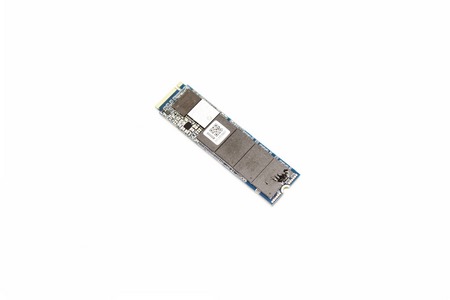
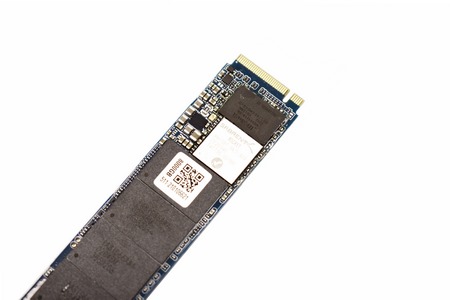
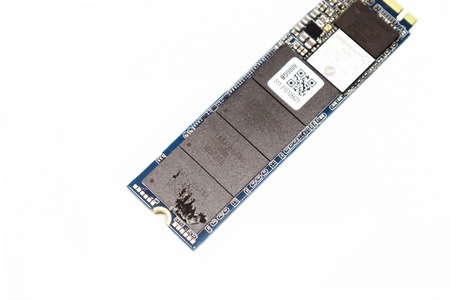 Right under the somewhat thick copper sticker (does help with temperatures) we find the Phison E12S NAND controller, 8GB DDR3L DRAM package (according to Sabrent) and four Micron 96-layer QLC NAND flash modules (1024GB each).
Right under the somewhat thick copper sticker (does help with temperatures) we find the Phison E12S NAND controller, 8GB DDR3L DRAM package (according to Sabrent) and four Micron 96-layer QLC NAND flash modules (1024GB each).
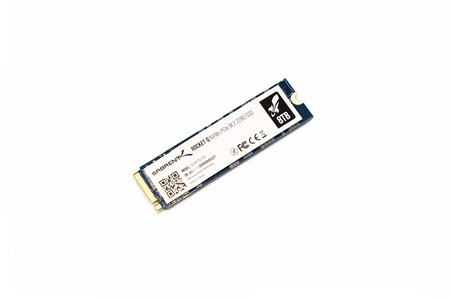
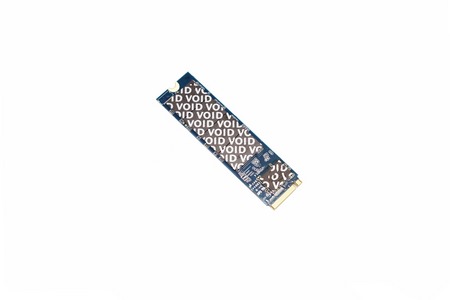
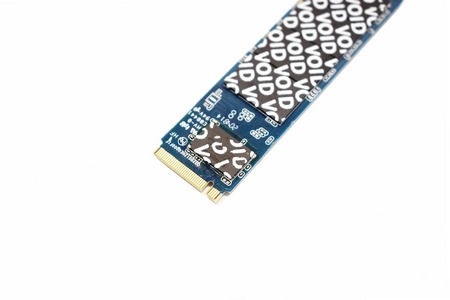 Unlike the 2TB model the 8TB is a dual side model and so on the other side of the PCB we find another 8GB DDR3L DRAM package and four extra Micron 96-layer QLC NAND flash modules (1024GB each) all underneath a sticker with the serial number, capacity and a 2D barcode (product warranty is clearly void if you remove this sticker).
Unlike the 2TB model the 8TB is a dual side model and so on the other side of the PCB we find another 8GB DDR3L DRAM package and four extra Micron 96-layer QLC NAND flash modules (1024GB each) all underneath a sticker with the serial number, capacity and a 2D barcode (product warranty is clearly void if you remove this sticker).
It's also worth pointing out that Sabrent has launched two very efficient Rocket NVMe heatsinks (black and white) which i seriously suggest getting if you decide on one of their drives, especially high capacity ones (the same of course applies for other brand drives).
TEST BED
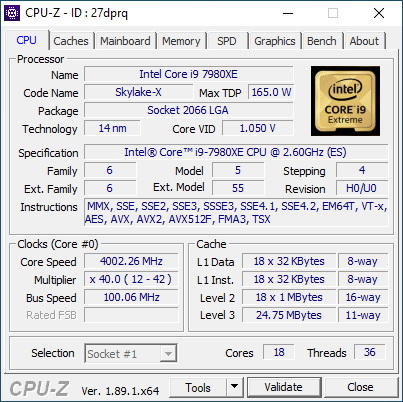

TESTING METHODOLOGY
After almost 13 years of testing solid state drives, i’ve concluded that it's almost impossible for any single benchmark suite to accurately measure their performance and that's why in certain benchmark suites we see amazing read/write performance numbers with some drives while in others things are quite different. The reason behind this is that some benchmarking suites are configured to read and write random chunks of data while others read and write constant (sequential) ones. So that's why i always use a very wide selection of benchmarking suites including AIDA64, HD Tach RW, HD Tune Pro, Crystal Disk Mark, Sisoftware Sandra Pro, AS SSD, IOmeter and ATTO. To get the most accurate results each test gets repeated a total of 6 times with the average performance numbers recorded into our charts*. Also, as of February 25th 2015 our results will also include the Storage Networking Industry Association’s (SNIA) IOMeter tests. These tests include a 12 Hour write test used to “simulate” performance degradation over time and a mixed workload test which basically shows what you can expect when using an SSD continuously for roughly two hours. Unfortunately, due to the time required for these tests we repeat them a total of 3 times and not 6 as the above.
Many people have made inquiries about our charts in the past so once again please do keep in mind that the Charts have the average performance numbers of each drive recorded and not the peak (highest) ones. Also, although every single one of these programs can help potential buyers choose the right drive for their needs you should also remember that from any kind of benchmark up to real world usage the gap is not small (and usually most differences will go unnoticed by most people). All tests were performed in a fresh Windows 10 Pro x64 installation complete with every update up to the date of this review.
* Since November 2018 the SSD comparison charts have been divided to 2.5” and M.2 models to reduce their growing size.
** Unless stated otherwise the Ryzen 9 3950x based Test Rig used for M.2 Gen 4 SSD reviews is not located in the lab.
*** As of January 2021 for Gen 3x4 models I’ll be using the Core i9-7980XE test rig (after numerous tests the up to 6% difference in read & write performance compared to the i7-6700 system simply wasn’t enough to justify having an extra test rig around)
TEST RESULTS - AIDA64 / ATTO


TEST RESULTS - HD TACH RW / HD TUNE PRO


TEST RESULTS - SISOFTWARE SANDRA PRO / CRYSTAL DISK MARK
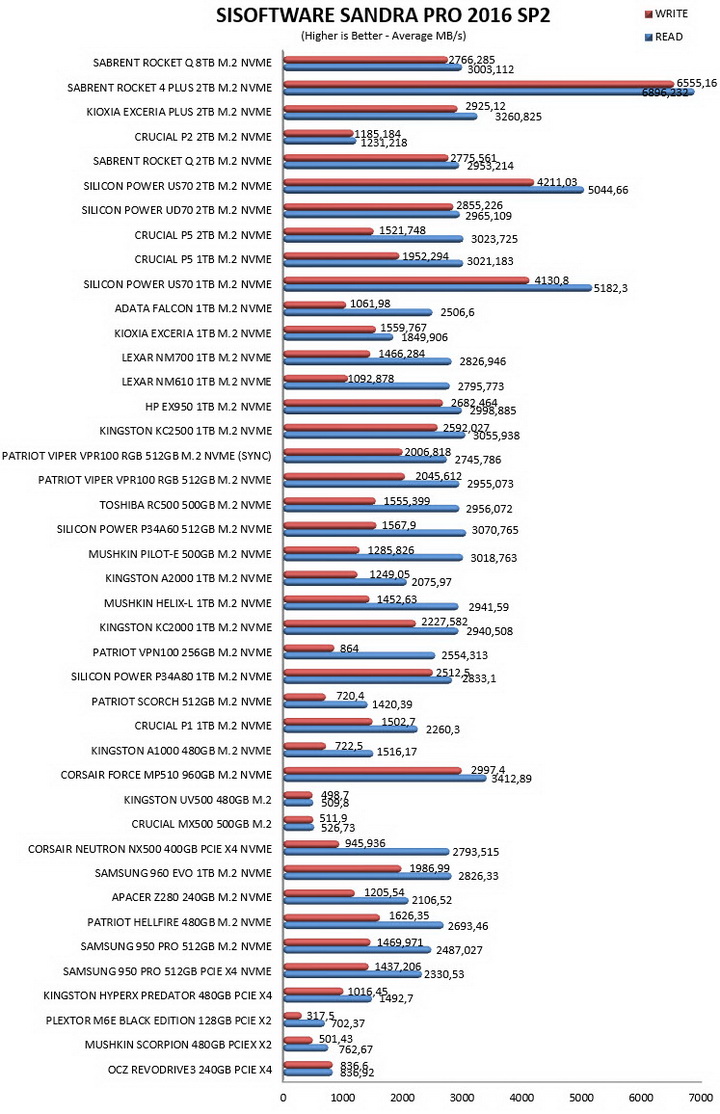

TEST RESULTS - AS SSD / IOMETER
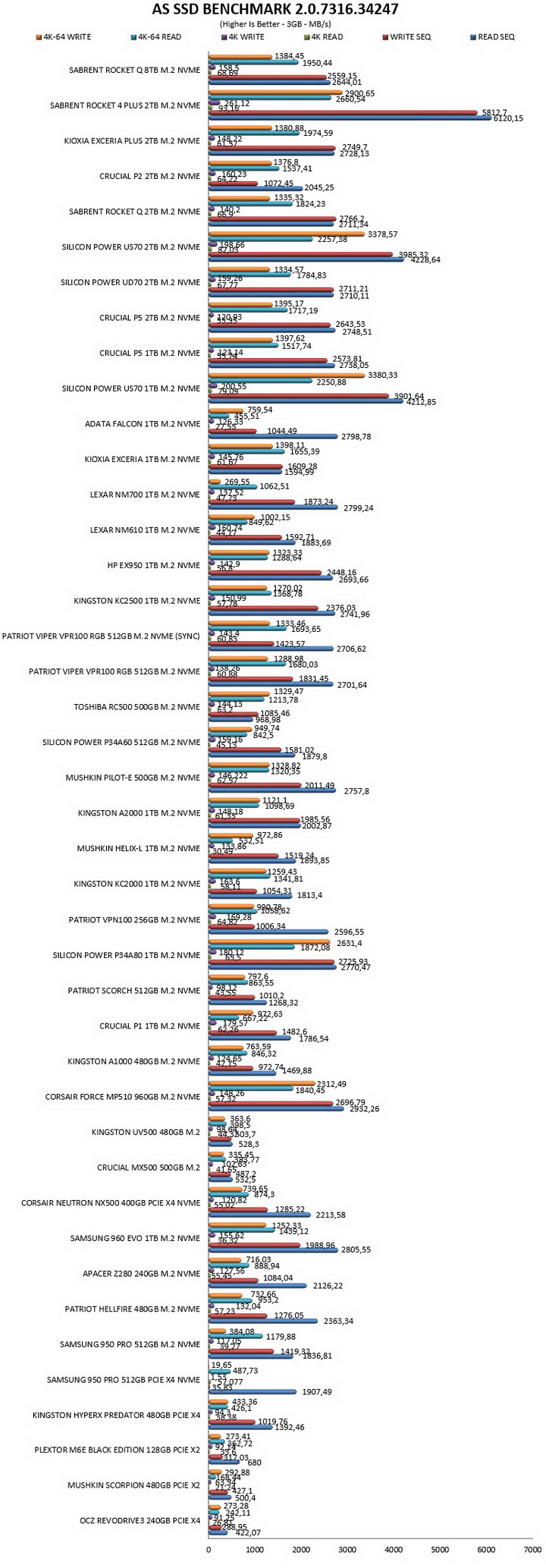
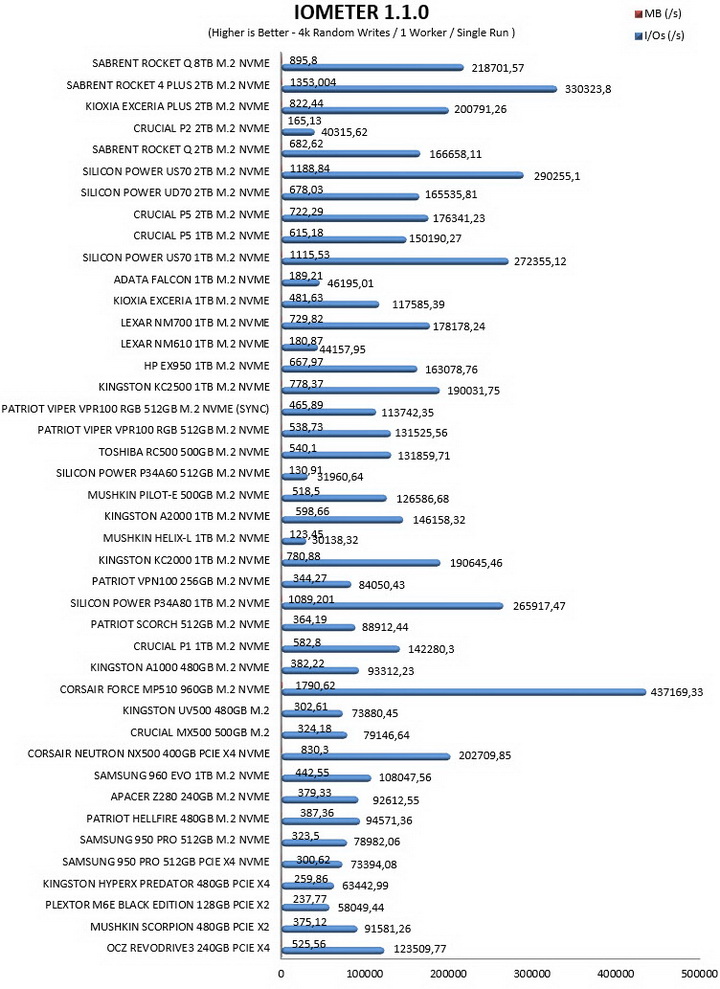
TEST RESULTS - IOMETER SNIA
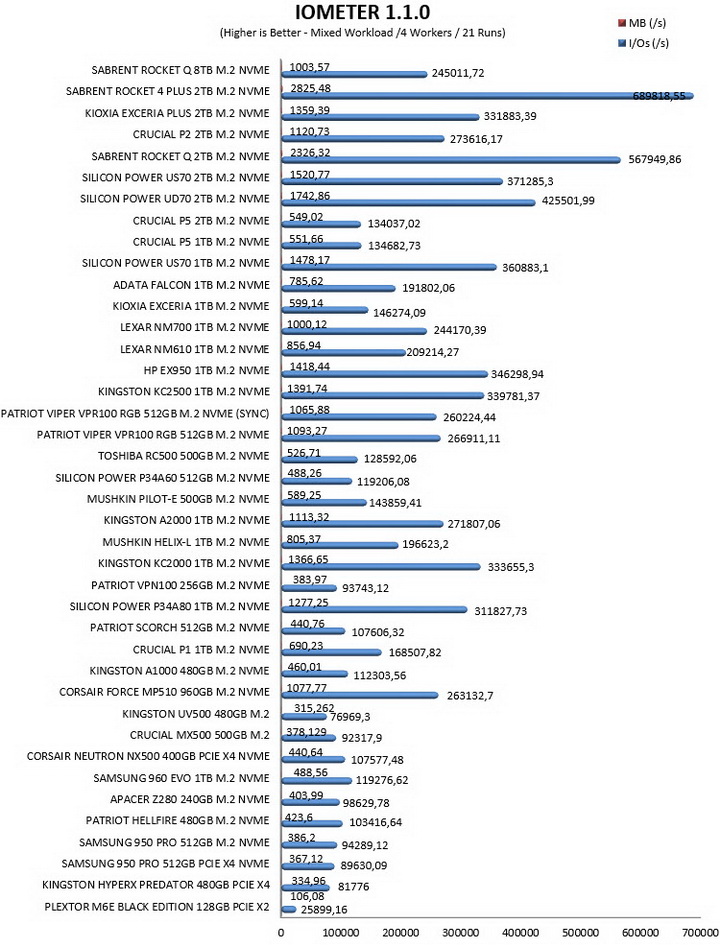
ROCKET CONTROL PANEL
The rocket control panel software allows you to check the status of your SSD, see its SMART page, download the Acronis cloning software directly from Sabrent, perform a speed test (partitions are required for this) and of course check online for new firmware updates (none found at the time of this review).
CONCLUSION
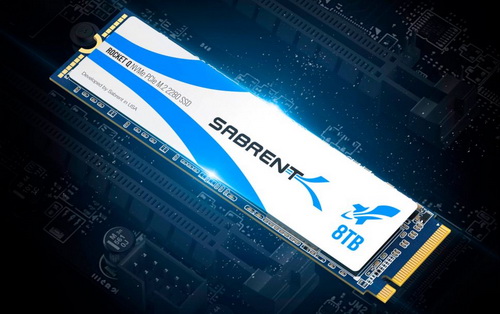
The one thing that always bothered me about SSDs was their limited capacity compared to mechanical drives so when Sabrent released an 8TB M.2 NVMe drive that signalled a significant change. Yes, I don’t expect the gap to close anytime soon (the technology in SSDs is there but the cost would be astronomical compared to an equally large HDD) but it will eventually (or it will shrink to a point that people will not think twice before picking an SSD over an HDD) and that’s great news for people who are looking for the best possible performance combined with the highest capacity. Of course, having the highest capacity SSD also means more read & write cycles so if you’d like the best possible results, I strongly recommend also grabbing one of Sabrent’s heatsinks which are worlds apart compared to anything else out there. Yes, they are somewhat bulky but that helps them dissipate heat far more effectively (plus unlike motherboard bundled models these are dual-side heatsinks).
8TB currently represent the highest possible capacity for a consumer oriented SSD but with a current price tag of USD1463.89 inside the USA (Amazon.com) and 1299.89Euros inside the EU (Amazon.de) it’s certainly not for everyone. Still you’re getting high performance (not as high as Gen4x4 Gen1/2 models but still very high) with the highest capacity out there and that certainly deserves the Platinum Award.

PROS
- Among the Fastest Gen3x4 Models in The Market Today (Up To 3300MB/s Read & 2900MB/s Write)
- Top of The Charts SNIA Performance Levels
- 1.8 Million Hours MTBF
- Massive 8TB Capacity (Highest Currently)
- 5 Year Warranty (Online Registration Required)
- Limited Thermal Throttling (Copper Sticker)
CONS
- Price (For Some)

 O-Sense
O-Sense





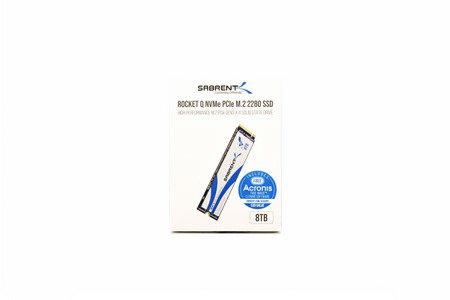
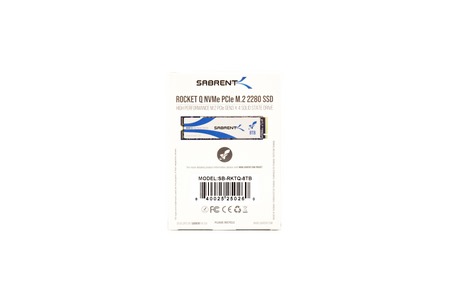
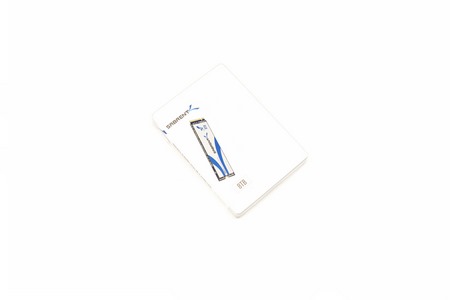
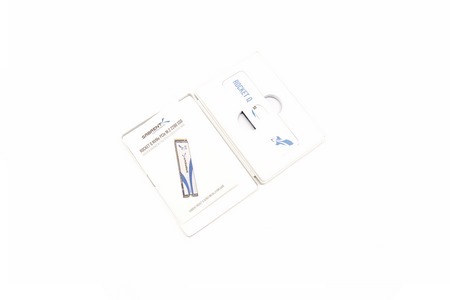
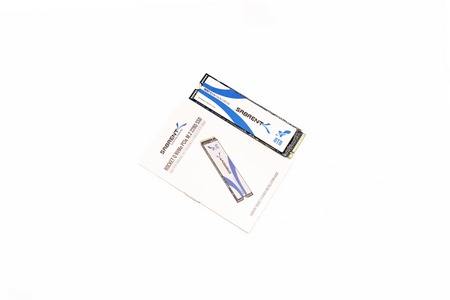
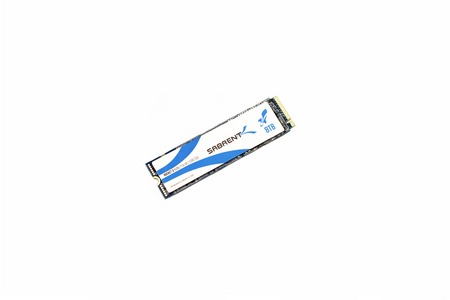
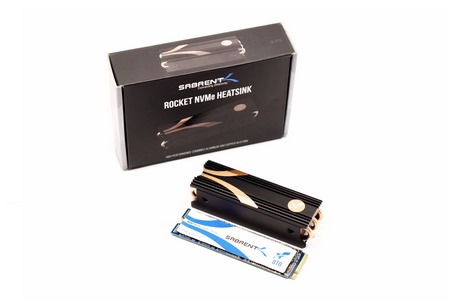
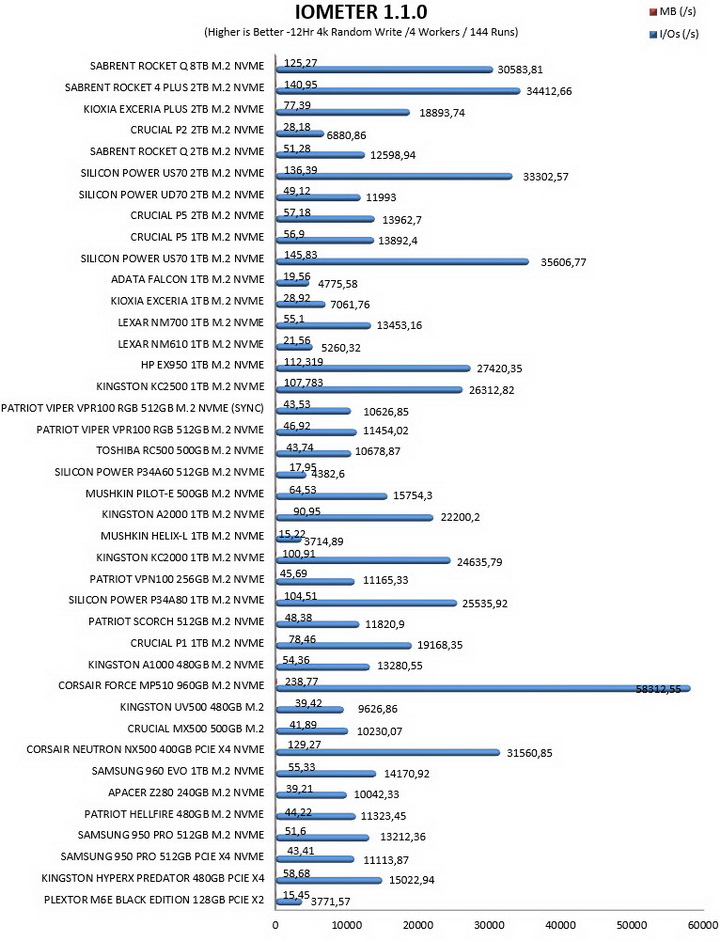
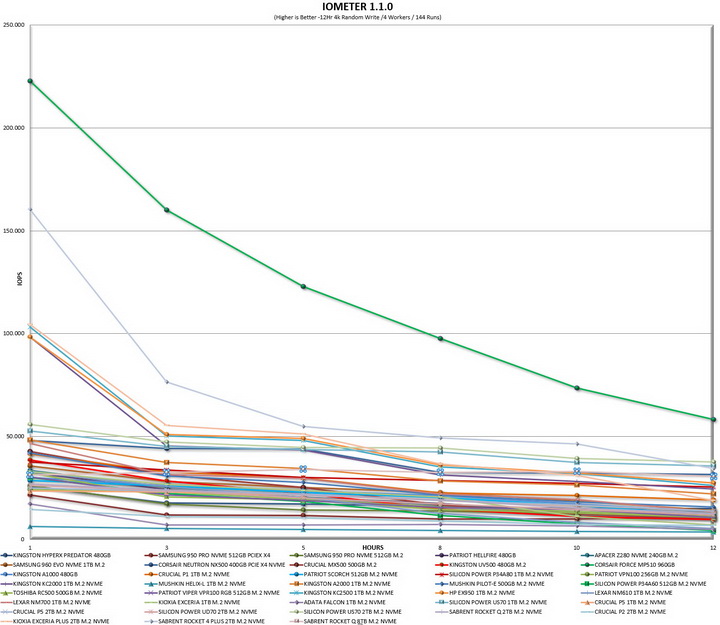
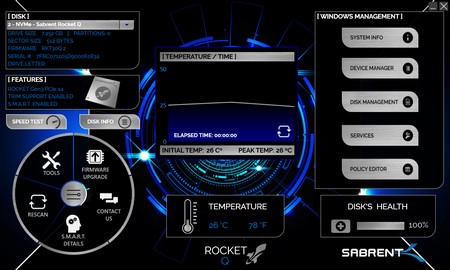
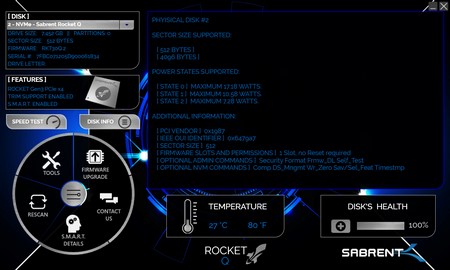
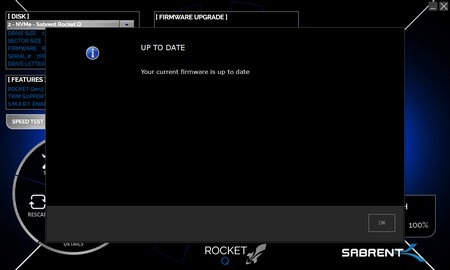
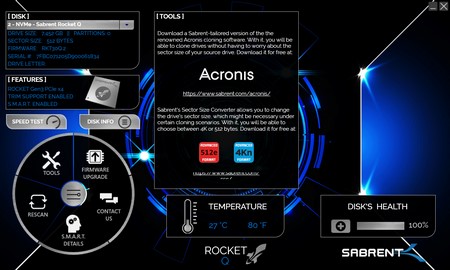
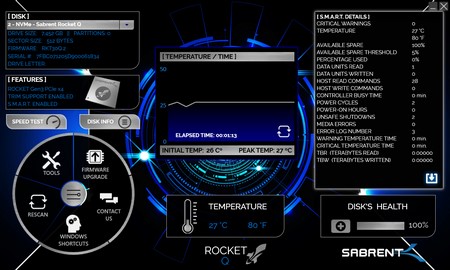
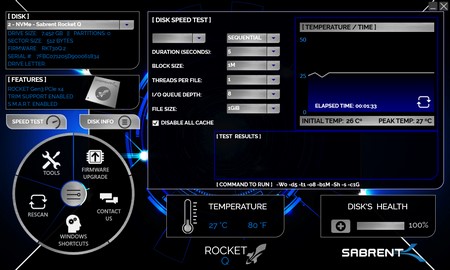


.png)

